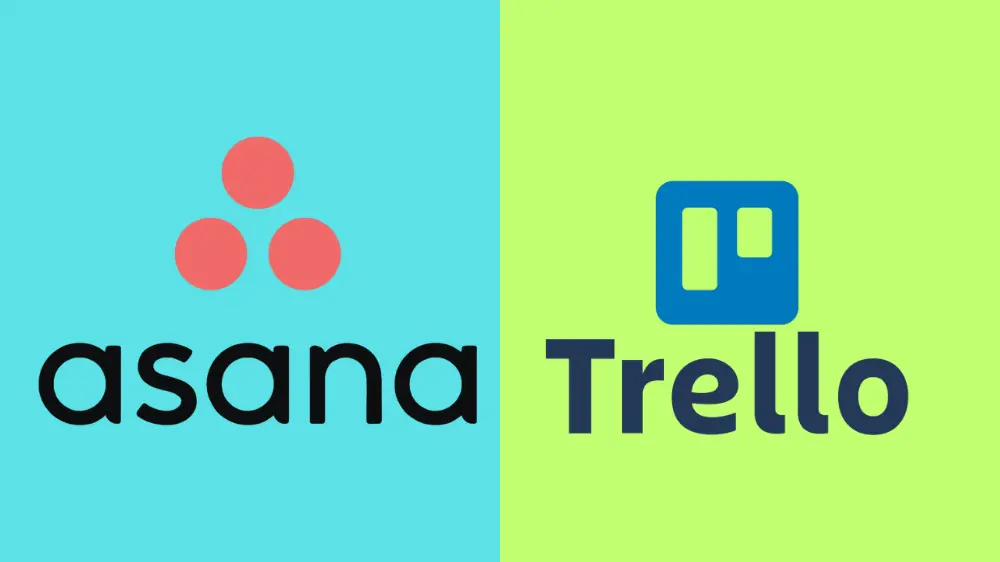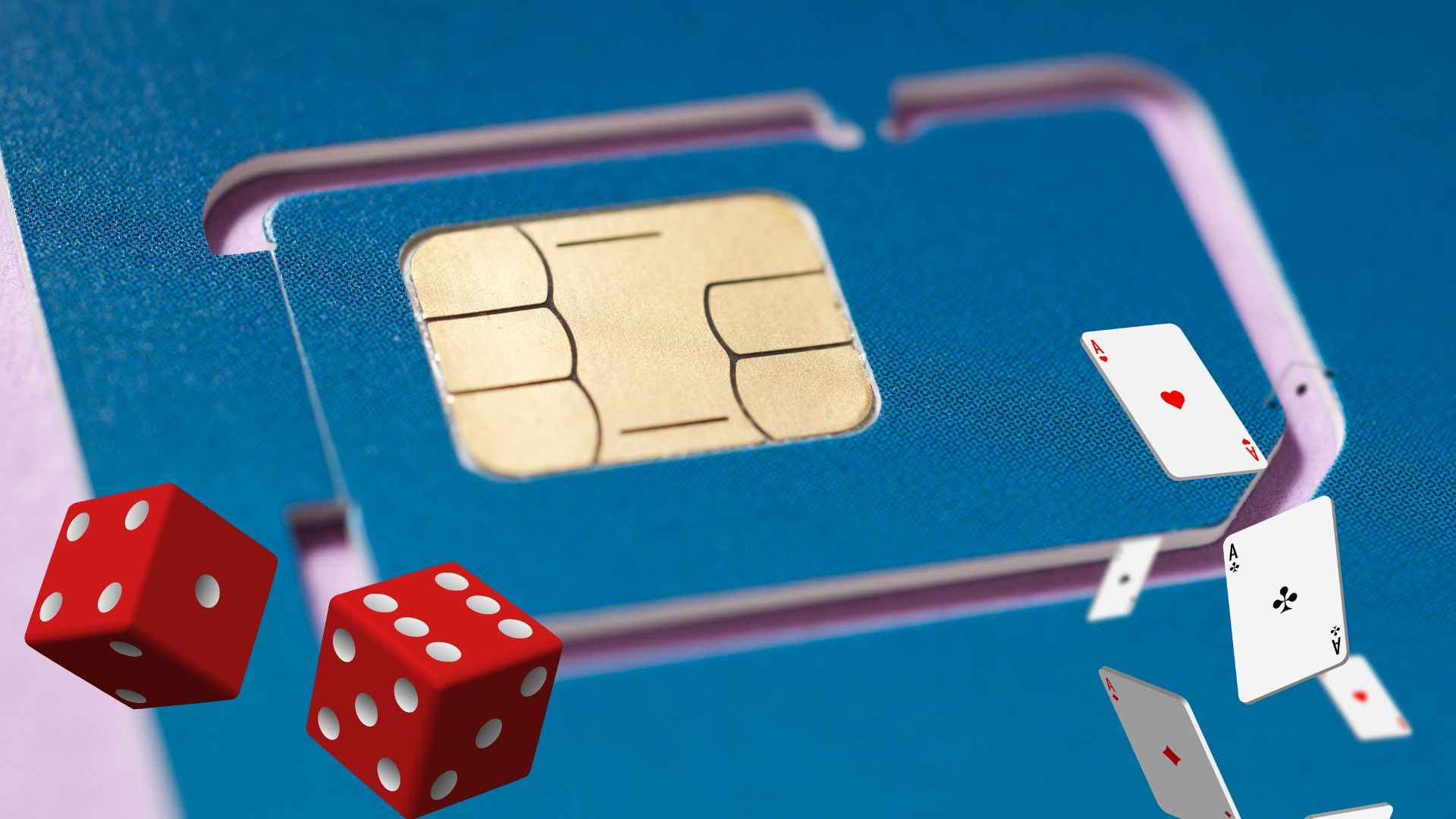Facial recognition technology is ubiquitous these days: we unlock our phones using it, pass through the airport terminal, etc. However convenient and futuristic this technology seems, there is a weak point of it, which is spoofing. It may be a picture created through a social media print or a video broadcast on a different device, still, bad actors have learned how to deceive facial recognition cameras. And that is where the liveness detection comes in.
This post will explore the role of liveness detection in mitigating the spoofing attack, the real-world attacks, and technologies being developed to develop this critical area.
What is Facial Recognition Spoofing?
When a person tries to make an unauthorized access and provides a fake biometric sample, it can be referred to as spoofing. In facial recognition, the most used spoofing methods are:
Photos: Printed pictures of face of an individual.
Videos: Screen videos or deep fake videos.
3D Masks: 3D-printed or high quality silicone masks of a real person.
The idea behind such attacks is that they exploit the failure of the system to differentiate a genuine face and a fake one-unless there is liveness detection.
The Detection of Liveness to Liveness Spoofing.
Liveness detection adds an element of intelligence which judges the authenticity of the biometric input and that the input comes out of a living individual.
It has the following countermeasures to common spoofing methods:
1. Photo Attacks: Detecting Flat Surfaces.
A simple photo is flat. A 3D sensing and Liveness detection system are able to identify a deficit in depth and block the input.
2. Detecting Playback Loops (Video Attacks)
Videos are not usually responsive to prompts (blinking, turning the head). Active liveness detection is able to send random challenges which videos are unable to meet in real time.
3. Identification of Material Differences (3D Masks)
Digesting masks do not possess some biometric characteristics such as skin texture, blood flow, or heat signature. State-of-the-art passive identification systems make use of AI to identify such differences.
Case Study: Liveness Detection in Banking.
Facial recognition is becoming a common procedure used by online banks to authenticate users when they are creating their accounts. In 2022, a fintech company deployed passive liveness detection, which could analyze facial micro-textures and blood flow patterns on AI. The result?
Spoofing attempts were blocked (98.5 percent).
False positive complaints reduced by 40.
The time taken in the onboarding process was shortened by a fifth enhancing the UX.
This shows that, besides increasing security, liveness detection also enhances user experience.
New Technologies that are improving Liveness.
1. Deep Learning Models
The modern neural networks are trained with millions of actual vs. spoofed face images. These models are able to identify minor anomalies that may go undetected by the human beings.
2. Generative Adversarial Networks (GANS)
It is ironic that it is the same technology that helped create deepfakes to combat them. GANs facilitate the training of detection models that utilise super fake faces that are ultra-realistic to test.
3. Multispectral Imaging
Various wavelengths (infrared, visible light, and so on) give different data. This makes more detailed analysis of the skin properties possible and increases the accuracy of the spoof detection.
The Human Factor: User Experience or Security.
It is not easy to achieve a balance between usability and security. Excessive friction (such as making users nod and wink and smile) can irritate users. Excessive little and the system will be exposed. The passive liveness detection is becoming popular since it eliminates this friction where liveness is silently confirmed in the background.
Liveness Standards and Certifications.
Such standards as Presentation Attack Detection (PAD) have been published by organizations, such as ISO and NIST. Businesses need to find a facial recognition solution that meets:
International standard of liveness detection testing ISO/IEC 30107-3: International standard.
iBeta Certification: One of the most commonly accepted standards that validates anti-spoofing.
These certifications give an assurance that the system is up to a minimum level of resistance to spoofing.
Protecting against Advanced Spoofing.
The distinction between real and fake becomes unclear as the AI-generated content becomes more believable. This is the way liveness is changing:
Behavioral Biometrics: This is the measurement of the user-computer interaction.
Contextual Awareness: Identity is validated with the help of the GPS, time of the day, and device patterns.
Constant Authentication: Liveness checking in the middle of a session, and not only during a login.
Conclusion
Liveness detection is a lockless door to facial recognition, which is easily unlocked. The only systems that will be resistant to the threat are those that will incorporate the use of strong liveness checks as the spoofing techniques become more sophisticated. This technology needs to be given priority by businesses, governments, and developers to provide some form of trust.




